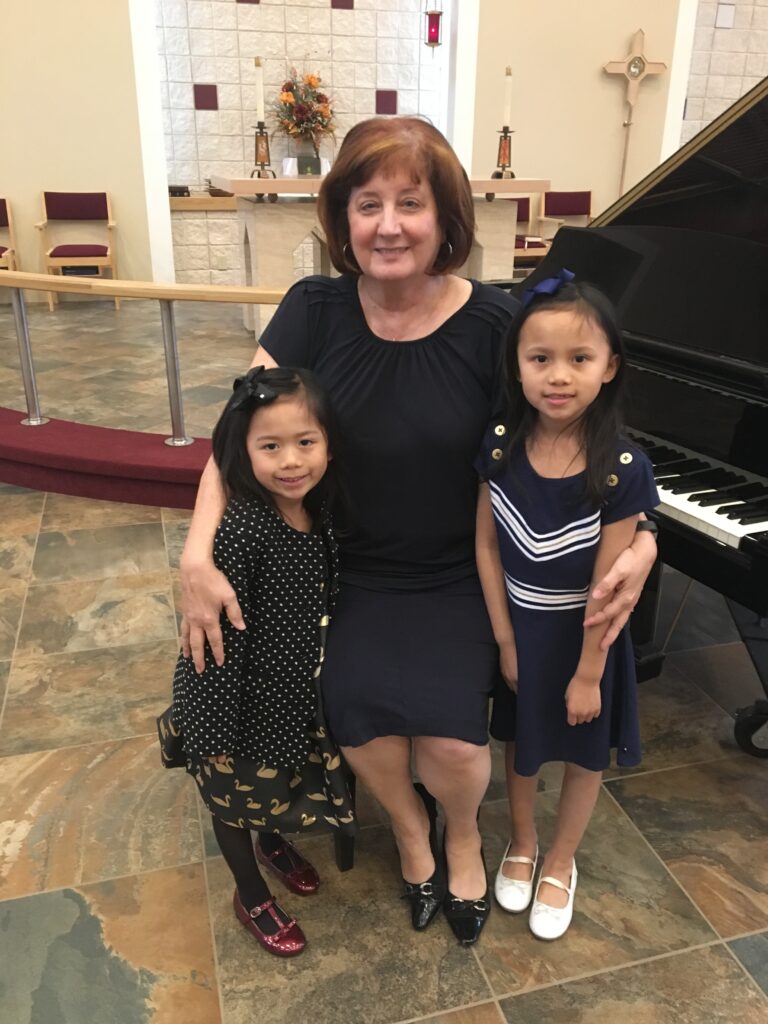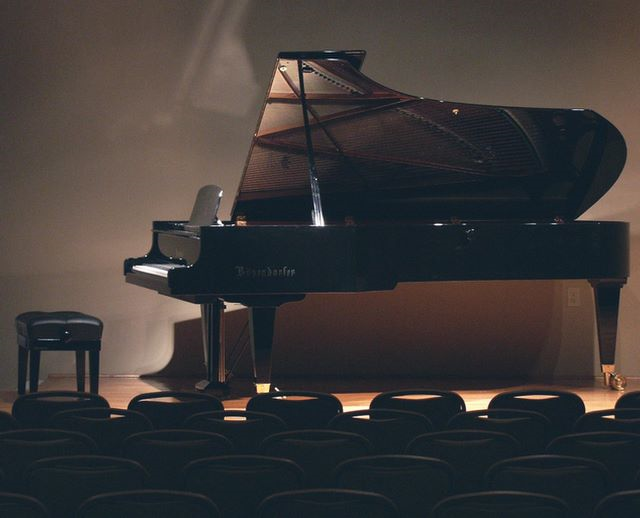There’s nothing like it–walking back into your home or flat realizing that the year-end recital program is Done and Done. That was yesterday for me. I always feel like celebrating. No one faltered badly. We had 36 players comprising almost 40 duet teams and numerous soloists–all packaged in a 75 minute program followed by a reception the students so look forward to. Real food along with goodies so no one has to go home and cook (hopefully.) Chinese dumplings anyone?
After the celebratory lap, I find it best to review the terrain–was anything out of place or should some aspect of my preparation gone better? Gratefully, this year, NO. But the reception–well, I forgot to bring the hand vac and we left a few crumbs in the foyer. This brings me to an important aspect of our teaching and our studio activities. How many recitals to give, and when? Growing up we had the spring May/June recital. Always held right before school let out, we selected a piece from our Guild or Festival pieces to play one more time. Students almost always performed solos, much less duets. It was always such a big deal, that year end recital. It wasn’t like the festivals where I either played in an audition room with just myself or the judge or our local music festival with the 8 or 10 students in the class with parents sitting in the background. Somehow it seemed bigger, more people, and more pressure–why was that? I never did figure it out. Pity the older students that went near the last and had to sit on their hands for almost an hour!
My early days of teaching modeled my own experiences and I fell in line with the yearly program idea. As the years marched on, I questioned such a limited program offering. I moved to a late fall and late spring model, with the program in the fall encompassing perhaps a highlighted composer or a period study of repertoire. As I traveled the continuum of recitals and performances I eventually added a February or Winter program. The purpose of this was to accommodate the upcoming festival repertoire for a better preparation experience for local and state festivals. The three layered program has served me well and given a healthier framework for students not yet able to participate in the festivals. At least they will have three opportunities throughout the year. Although I have maintained group classes throughout the year, I have found it ever more challenging to find a time suitable to my students’ busy schedules. This way, I’m more apt to have close to full participation. I can ask for that because I plan the dates over the summer and put forth that schedule by late September to the latest. It may not be perfect, but it’s much closer to my ideal.
I have learned that not only must I pre-plan the dates well in advance of the year, I must also make a To-Do list of the things (like that vac!) that I always forget to bring each recital (especially if there is a reception involved.) Now is the time to consider your layout schedule for next year–how many and when? Next week I will explore some of the ways you can make each program unique and prevent your programs from going stale. I hope all of you have a wonderful end of year recital (if it hasn’t happened already) and are looking for lighter schedules and some time to breathe. See you next week!


